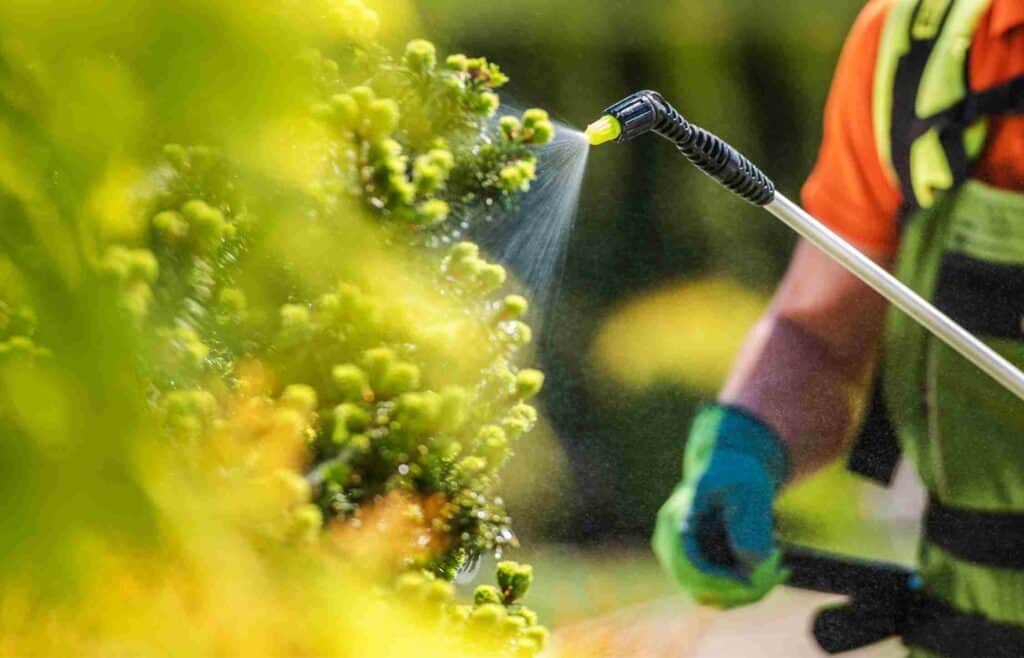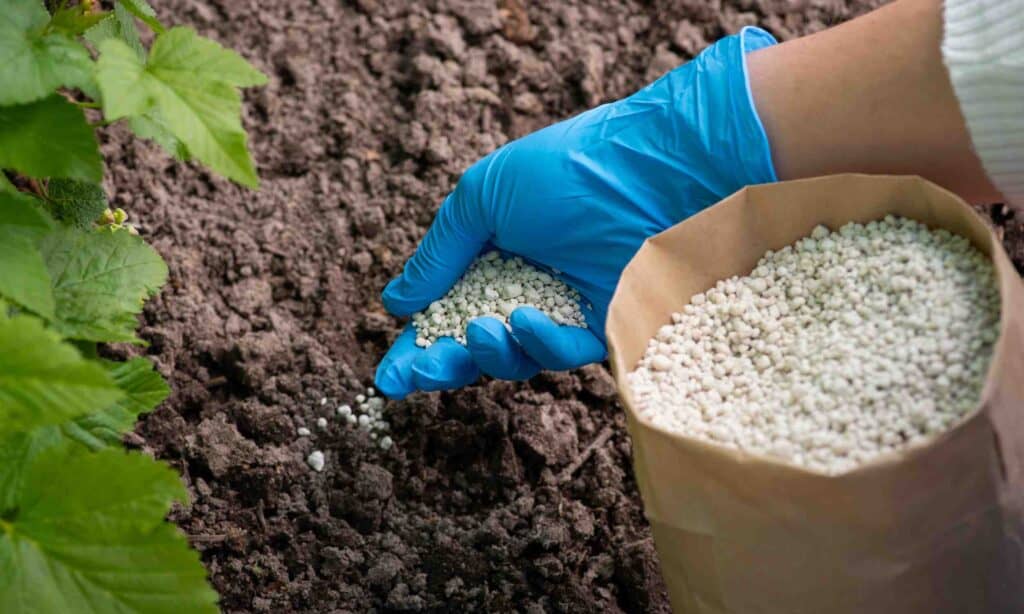Living walls are an excellent way to add greenery to any area while maximizing space utilization, making an aesthetic statement and improving the vibe of the surroundings. To ensure that your living wall thrives and remains a vibrant botanical display, proper fertilization is crucial. In this guide, we shall explore essential tips, tricks, and various types of fertilizers that can be used to keep your living wall green and thriving.
Understanding Your Living Wall’s Needs
Before diving into fertilization, it is essential to understand the specific needs of your living wall. To determine the right fertilization approach, pay attention to factors such as the plants in your wall, the location of the living wall, and the corresponding climate.
Choosing the Right Fertilizer
Organic vs. Synthetic Fertilizers
Organic Fertilizers: Derived from natural sources, organic fertilizers promote soil health and microbial activity. Options like compost, fish emulsion, and seaweed extract provide a slow release of nutrients, supporting long-term plant growth.
Synthetic Fertilizers: Manufactured with specific nutrient ratios, synthetic fertilizers offer a quick nutrient boost. They are convenient for targeted nutrient application but should be used cautiously to avoid over-fertilization.
Balanced NPK Ratios
Nitrogen (N), Phosphorus (P), and Potassium (K) are essential nutrients for plant growth. Choose a fertilizer with a balanced NPK ratio appropriate for your plant selection. For example, leafy greens benefit from higher nitrogen levels, while flowering plants may require more phosphorus.
When and How to Fertilize
Seasonal Factors
Plants may have different nutrient requirements during the growing season compared to dormancy. So, adjust your fertilization schedule based on the seasons.
Frequency
Aim for regular, but not excessive, fertilization. Over-fertilizing can lead to nutrient imbalances and harm the living wall ecosystem.
Application Techniques
Apply fertilizers as directed, considering the type of living wall system you have. Soil-based living walls may require surface application, while hydroponic or aeroponic systems may need nutrient solutions.

Monitoring and Adjusting
Regular Inspections
Monitor the overall health of your living wall regularly. Keep an eye out for signs of over or malnutrition, such as discolored leaves or poor growth.
Adjusting Fertilizer Types
Be ready to switch your fertilizer based on the evolving needs of your plants. Experimenting with different formulations can help you find the perfect match for your living wall.
Additional Tips and Tricks
Mulching
Use organic mulch to conserve moisture and enhance nutrient retention in the soil.
Companion Planting
Introduce companion plants that complement each other’s nutrient needs. This fosters a more balanced and harmonious living wall.
Watering Practices
Ensure proper watering to complement the fertilization efforts. Consistent moisture levels are crucial for optimal nutrient uptake.
Conclusion
Cultivating a flourishing living wall requires a thoughtful and informed approach to fertilization. By understanding your plants’ needs, choosing the right fertilizers, and implementing proper application techniques, you can create a stunning vertical garden that adds vitality to any space. Experiment with different methods, stay attentive to your living wall’s feedback, and enjoy the rewarding experience of nurturing a thriving green wall.
For custom tips on how to fertilize your living wall, contact Eco Brooklyn today!

